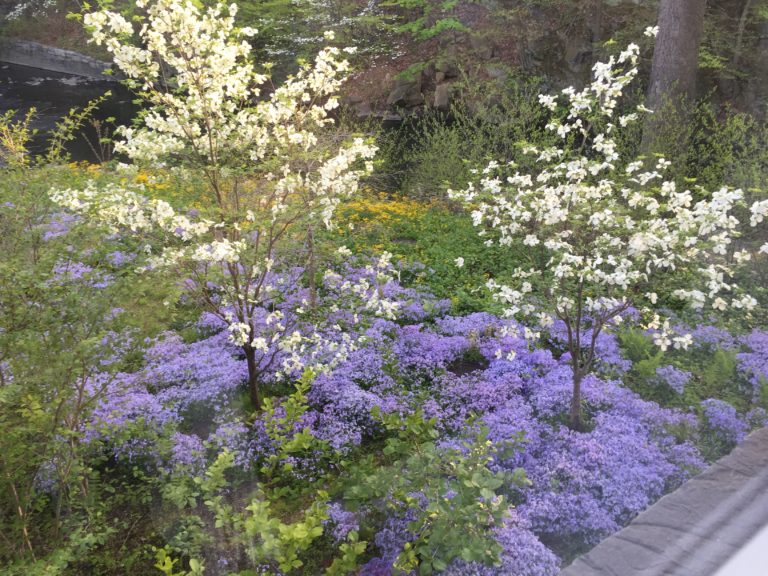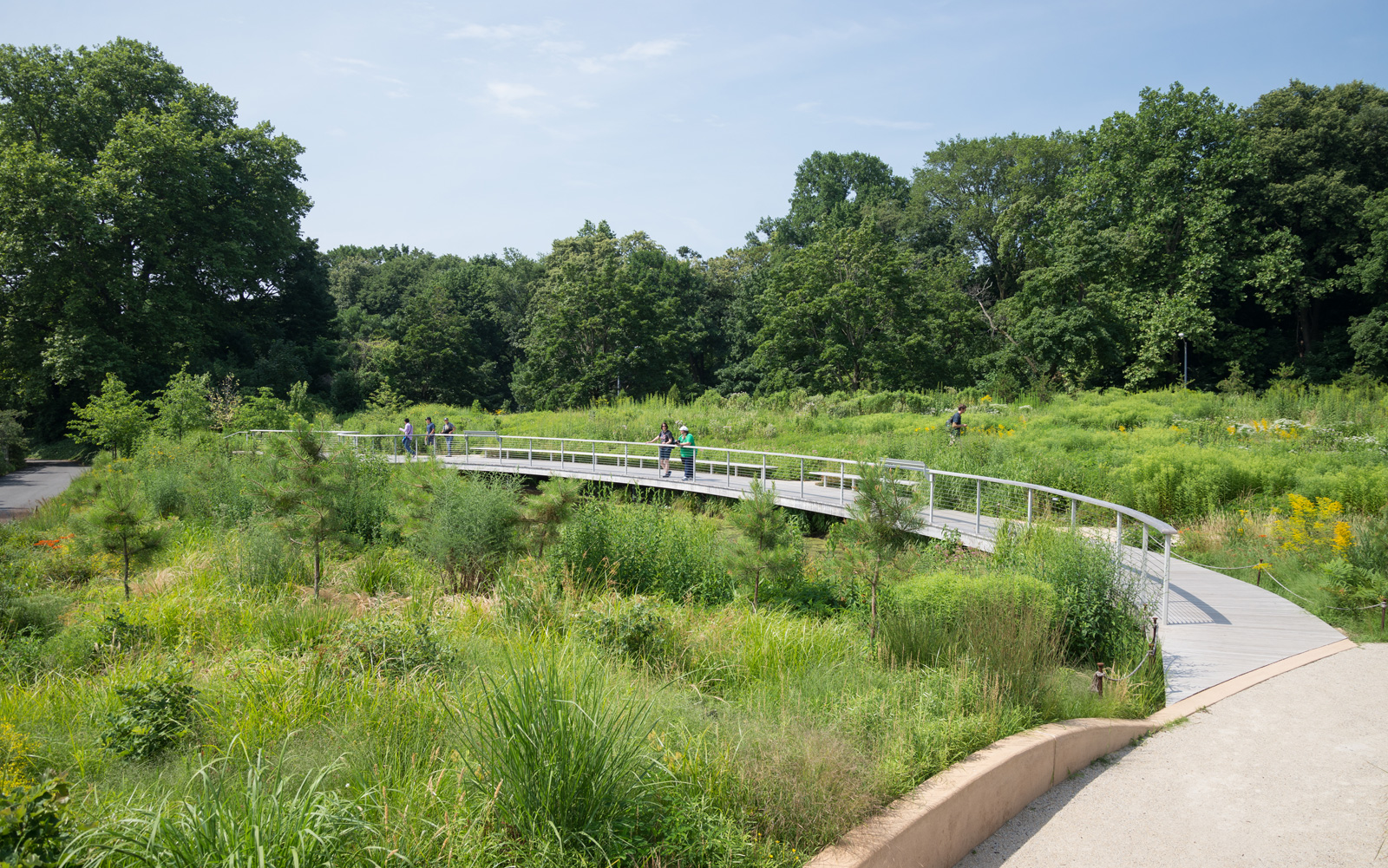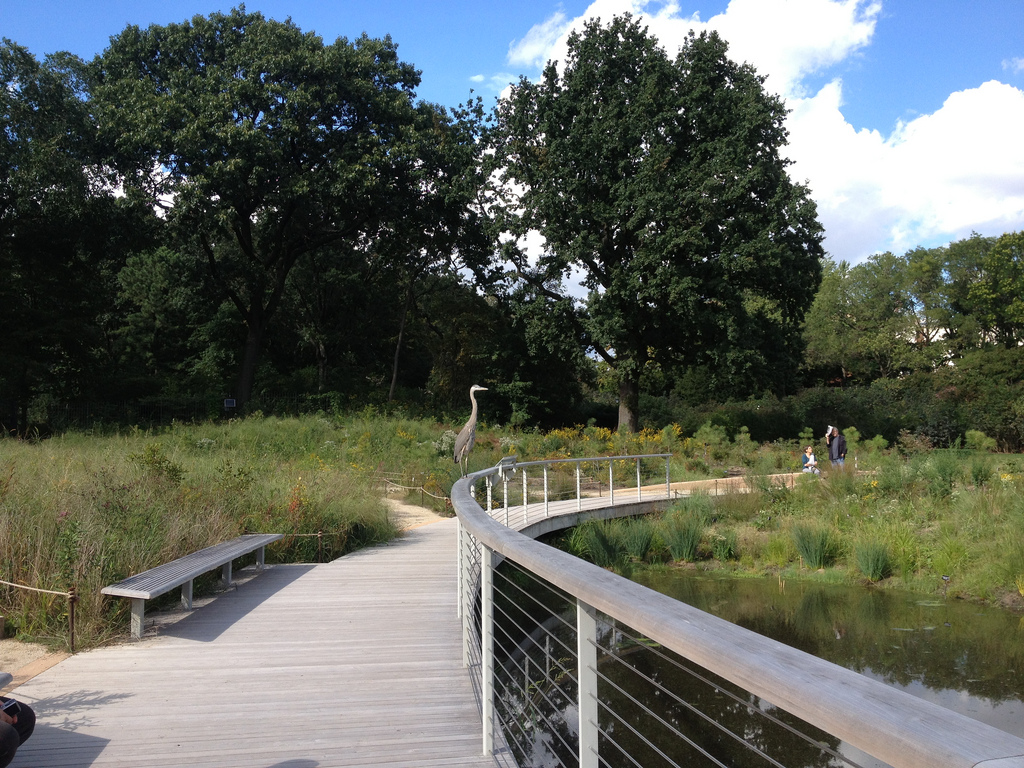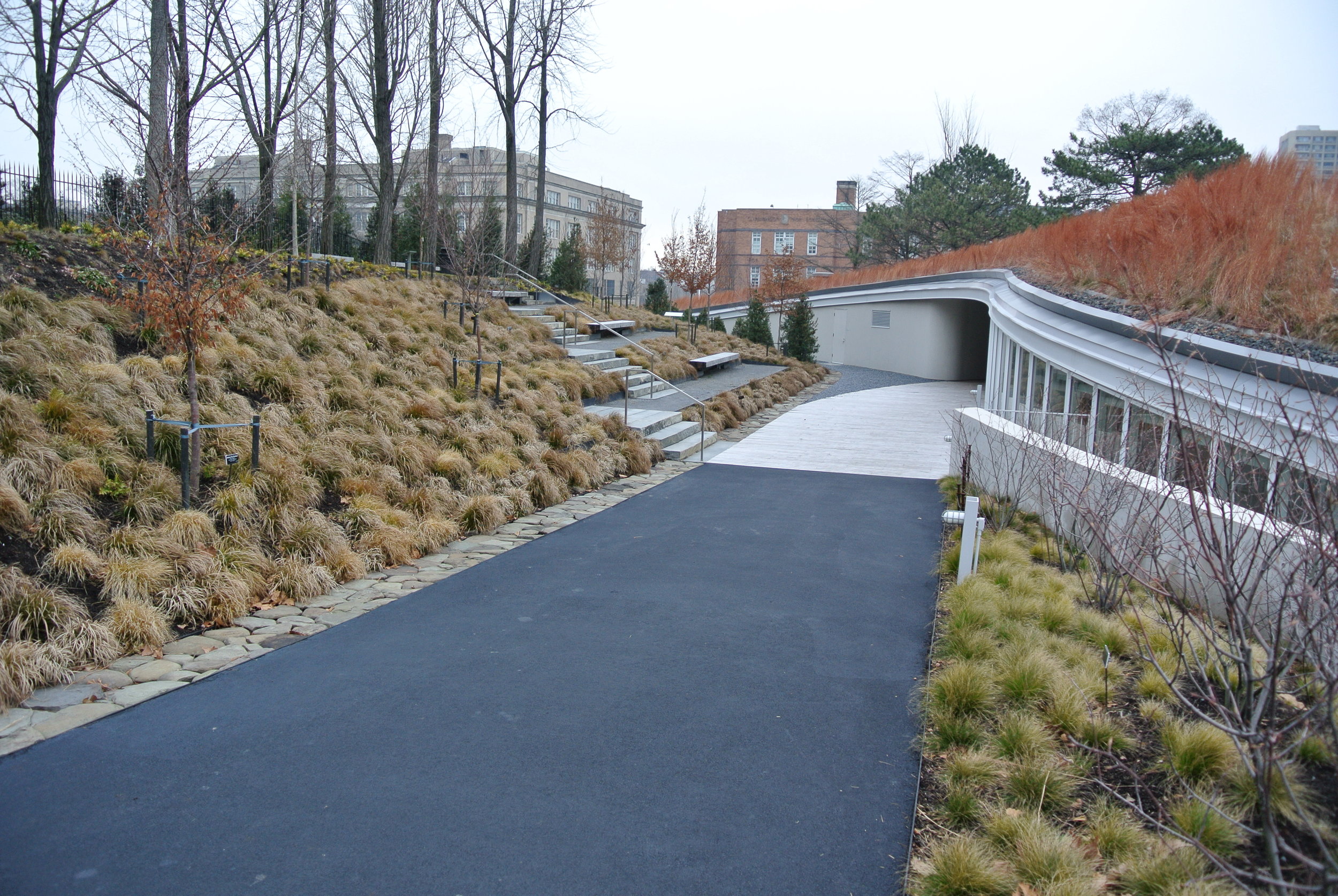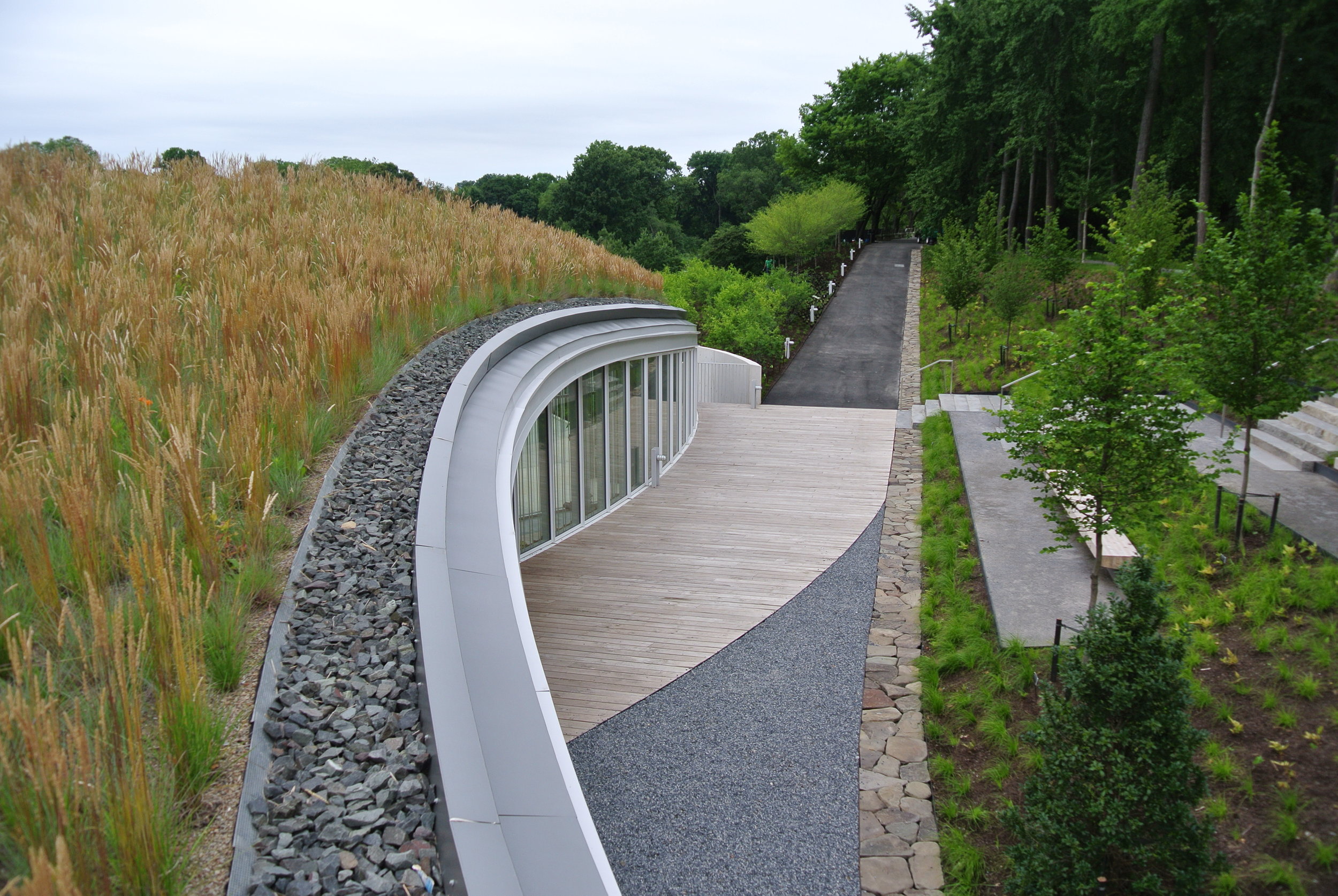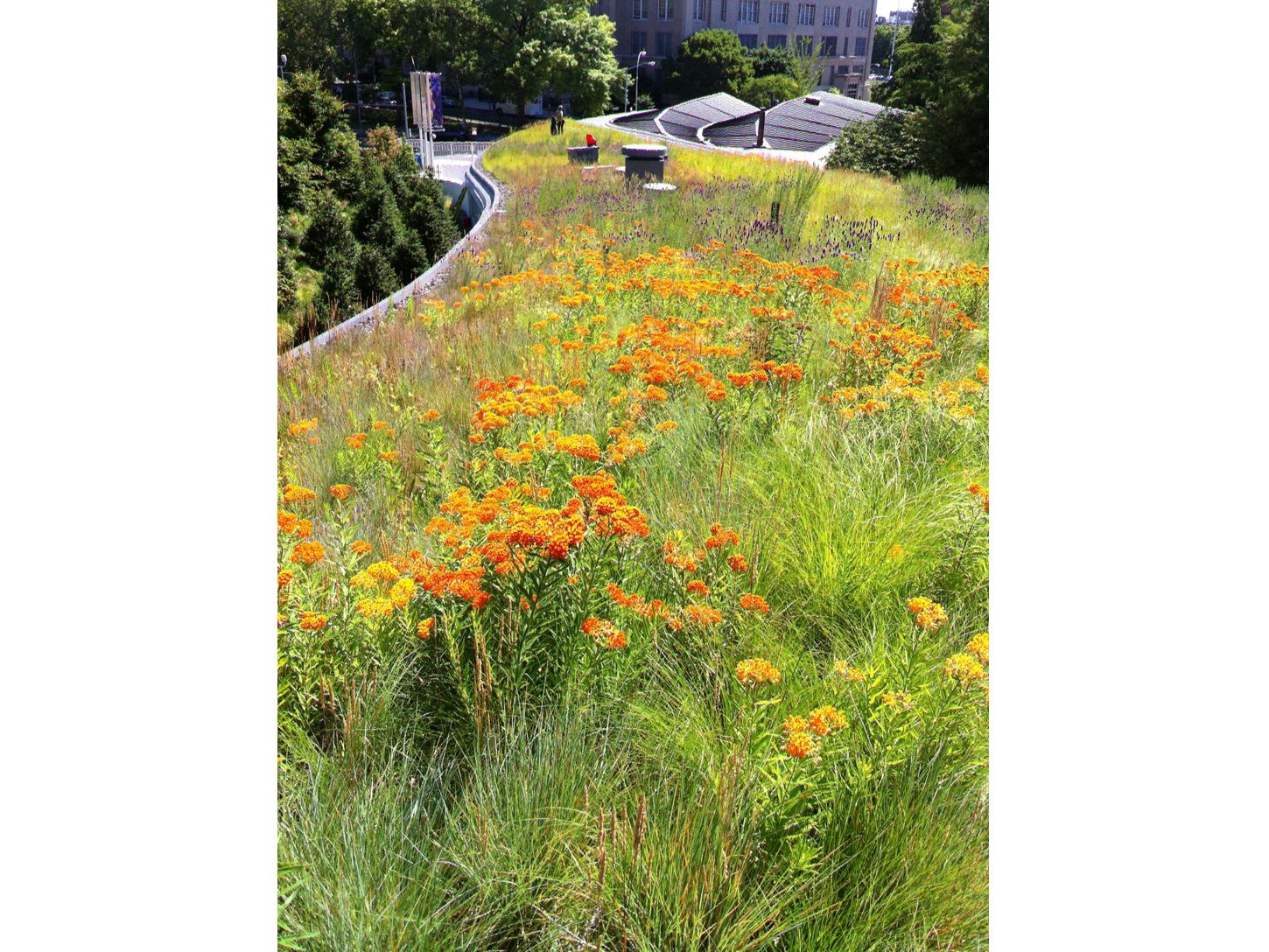The Ecological Landscape Alliance has the following Mission Statement:
"Advocating for responsible stewardship of land and natural resources in landscaping and horticultural practices."
From the Feb 15, 2018 ELA Newsletter: Darrel Morrison starts his article by saying:
"Increasingly, I am intrigued by the value of linking ecology and ecological processes with art and music in the design of landscapes that might be considered "ecological art." The products of ecological art have the potential to be, simultaneously:
Ecologically sound
Experientially rich
"Of the Place," reflecting a sense of place
Dynamic, i.e., changing over time"
Similar thoughts have been voiced by a number of other "ecological" landscape designers recently in books and interviews that I've read and in lectures at NYBG, including Claudia West, Thomas Rainer, Roy Diblik, Cassian Schmidt and Patrick Cullina.
This is the challenge we face as garden makers in 2018 - to capture all of these qualities in our plantings and to do it "well". Everyone agrees that part of "doing it well" means having a real understanding of the plants you're using - to quote/paraphrase Roy Diblik from his lecture at NYBG earlier this winter, you have to use "plant-driven thought"- understand what a plant wants to do and where it wants to be so it can thrive and how fast it grows and how it spreads and so forth. I feel its important to keep your plant palette broad - not that you have to jam tons of different plants into every design, but that you have to understand a reasonably broad range of plants so that each garden is fresh and each new idea is fresh, even though the general "ecological approach" is the same.
Of course, no garden ever stays the same. The key to having a "design without an expiration date"- again paraphrasing Roy Diblik - is to keep "gardening" - keep constantly enhancing and fine-tuning. You may have to switch out some plant choices here and there, do some dividing, plant bulb layers - but in the end of the day if you've done the job well, you have a sustainable plant community. (Until a tree falls, or there's a flood, or a new disease comes along or there's an early frost, or no frost ….Then you have to rebalance it)
So that's where we get back to Darrel Morrison's article:
He writes:
Darrel Morrison's Old Stone Mill plant community
Part of Darrel Morrison's Gardens at the BBG - North Entrance "Pine Barrens"
Ecological Soundness grows out of the selection of appropriate plant species and placing them in the micro-environment where they will thrive without the importation of resources such as irrigation water and chemical fertilizers. …They in turn serve a variety of functions, ranging from controlling erosion to providing habitat for birds, butterflies, bumblebees and other pollinators …"
Experiential Richness emerges from the presence of a diversity of plant species and associated fauna, in compositions that are rich in color, texture and movement. "
He goes on to say later in the essay:
Two other characteristics of the environment that provide a dynamic quality are LIGHT and MOVEMENT. The color of natural light changes as a day progresses, and the physical movement of the plants (and the fauna that are attracted to them bring life to them.) I never tire of seeing the wave-like motion of tall grasses in the landscape, or of seeing (and sometimes hearing) birds, butterflies, and bumblebees moving through a landscape. The direction of light changes throughout a day and a year as well. We can place plants in a designed landscape where they will, during some part of the day, be backlit, literally making them "glow," or as landscape architect A. E. Bye expressed it in a 1967 essay in Landscape Architecture Magazine, they exhibit "luminosity.""
A Darrel Morrison "created" landscape in Wisconsin
He alludes to the four "characteristics of landscapes that people find engaging and attractive. These are (1) mystery, (2) complexity, (3) coherence, and (4) legibility."
Mystery is derived from spatial form which unfolds sequentially as one moves through the landscape, revealing landscape spaces. Mystery implies that part of the scene is hidden, thus motivating people to want to see what is "around the bend."
Complexity relates to the biotic diversity in a landscape and the aesthetic characteristics which come with this diversity - e.g., colors, textures, and movement.
Coherence results from the fact that the distribution of species exhibits perceptible pattern. The tendency of many species being aggregated to a degree, leads to the occurrence of directional "drifts" of color and texture.
Legibility … relates to people's ability to "read" how they will move through the landscape, not feeling claustrophobic or disoriented.
A Jens Jensen-inspired "signature" for Darrel Morrison is the Council Ring
For "sense of place": "We are increasingly surrounded by generic landscapes, whether it is the sprawling big box stores repeated over and over in suburban environments, or landscapes that are increasingly alike, with the same, limited number of species replacing the natural diversity that may have once occurred there. … We can reverse the trend toward "placelessness" by incorporating an array of locally native species which provide cues and clues as to where we are."
Dynamic - the created landscape changes over time: "…Landscapes have the potential to be four-dimensional art, with time being the fourth dimension. This is because ecology-based designs are not frozen in time, but are always are evolving, with seasonal changes, growth of individual plants, and in some cases migration of species within the composition. The landscape we see in May is different from the one we see in July, or October, or December. And the landscape we see in 2018 is not the landscape we will see in 2028 or 2048. Hence, there is always something new to discover."
